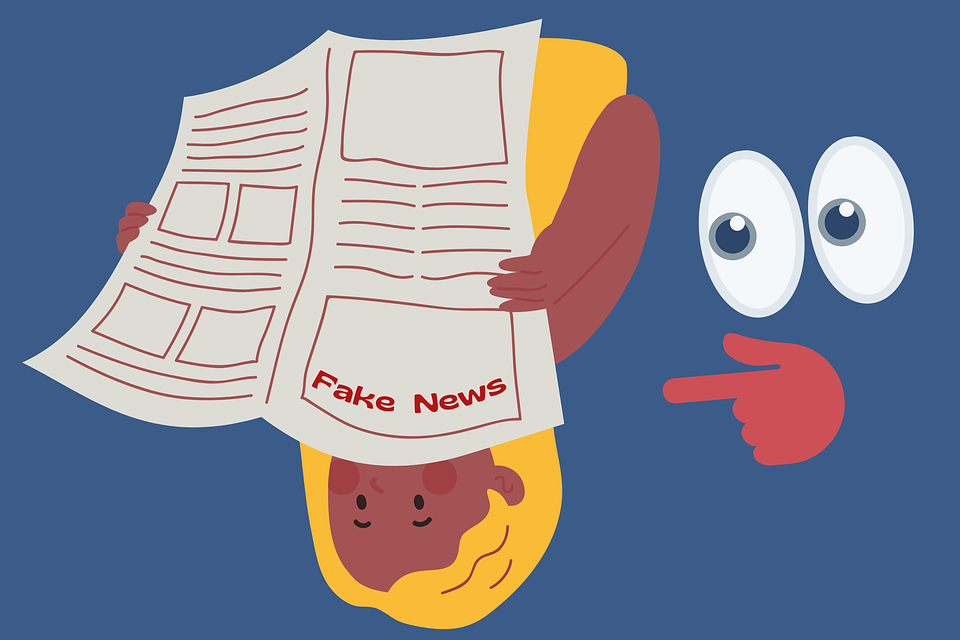
Fake news is an emerging field of research that attracts much attention from academic communities as well as mass media…

Disinformation

Print Media

Media Reliability

Country Variance
Dive into our curated selection of articles categorized to enhance your understanding of media literacy, disinformation, and digital education.
Each category is designed to provide you with comprehensive resources and insights to help you navigate the complex media landscape effectively.

Resources and tools to enhance digital literacy and education.

Understanding the impact of disinformation in social media.

Strengthening journalism and media literacy to counter disinformation.

Exploring the legal and ethical dimensions of fake news.

Clarity of Information: Strengthening Media Literacy in the Bulgarian Community in Albania. This project, financed with the assistance of the Embassy of the Republic of Bulgaria in Albania, aims to bolster media literacy and public resistance to disinformation and fake news. By developing an online platform with educational resources and tools, we seek to enhance critical thinking and fact-checking skills within the Bulgarian community in Albania. This initiative fosters an informed and resilient community, empowering individuals of all ages to navigate the media landscape effectively and responsibly.
Disinformation Frequency in the EU
In a 2022 survey, almost a third of respondents across the 27 EU member states reported often encountering news that misrepresented reality or was false, with 28% affirming this occurrence. Only 8% disagreed entirely that they regularly saw fake and suspicious content, highlighting the growing problem of misinformation and doctored news.
False News Sources Worldwide
A 2019 global study revealed that half of the respondents witnessed false news in newspapers and magazines. Turkey had the most false news in print media, with nearly three-quarters of respondents encountering fake news in printed publications, while less than one-fifth of respondents in Japan reported the same.
Media Trustworthiness Worldwide
A global survey between late 2018 and early 2019 found that most millennials trusted the media to some extent to provide reliable information, while over a quarter had no trust in the media at all. As of 2020, traditional media and search engines were the most trusted news sources worldwide, while trust in social media decreased, making it the least trusted information source.


EU Disinformation Trends In a 2022 survey across the EU’s 27 member states, over 20% of individuals aged 15 and older in Cyprus, Romania, and nearly 30% in Bulgaria reported frequent encounters with disinformation. Meanwhile, respondents in Germany, Belgium, Sweden, Denmark, and the Netherlands were least likely to experience disinformation regularly.
Disinformation Consumption Across Countries In France, 24% reported frequent disinformation encounters, while neighboring Germany had a lower rate at just 17%. Scandinavia yielded similar low rates, whereas Bulgaria, Hungary, Romania, Cyprus, and Greece reported higher exposure to disinformation.
Changing Trust in Media Amidst the pervasive presence of fake news, trust in media sources is shifting. Increasingly, fewer people rely on the internet and social networks for accurate information, favoring trust in traditional written press sources.

Fake news is an emerging field of research that attracts much attention from academic communities as well as mass media…

Why Access to Quality Information MattersTo make sense of the disinfodemic, consider its opposite – information as a foundation for…

On 14 May 2021, the Office of the Representative on Freedom of the Media (RFoM) organizes an expert meeting to…
© 2024 Created by PLEXUS Solutions